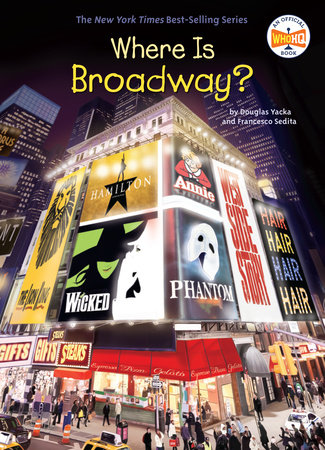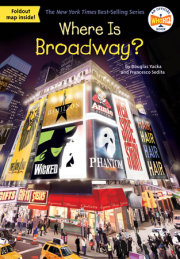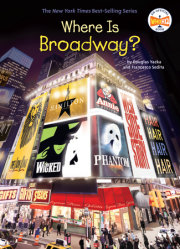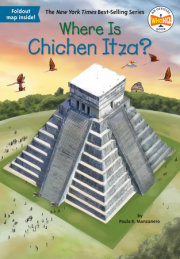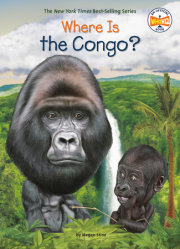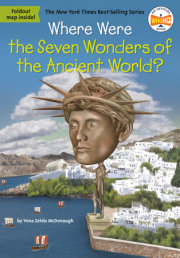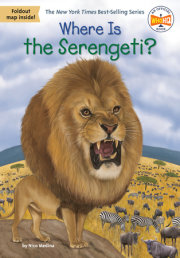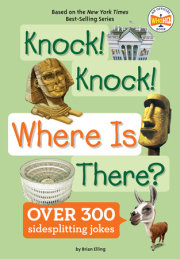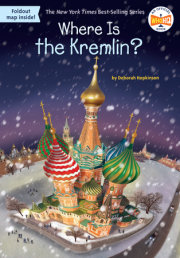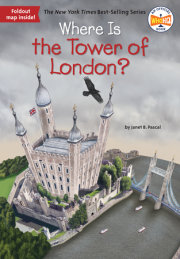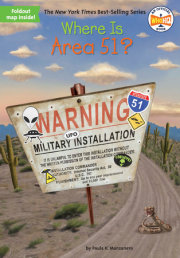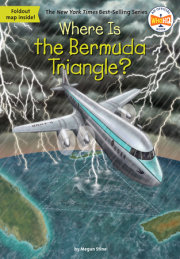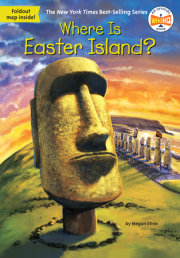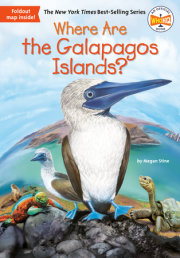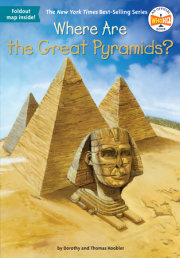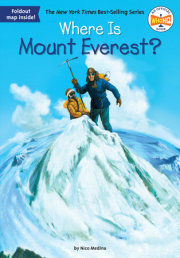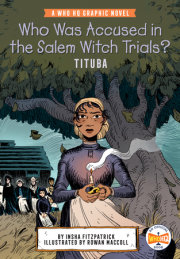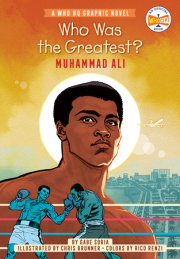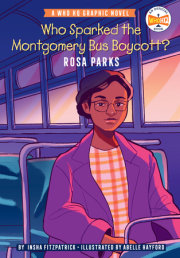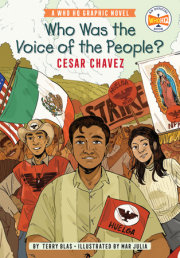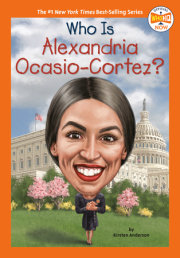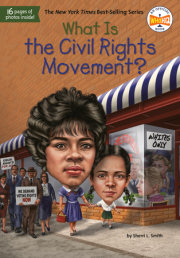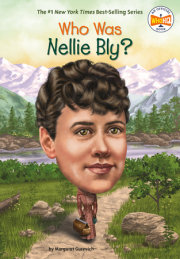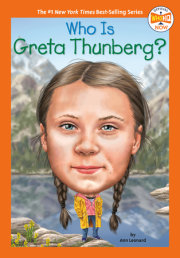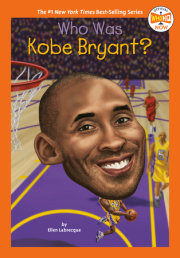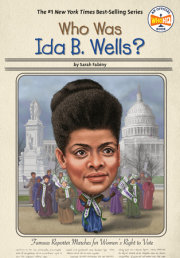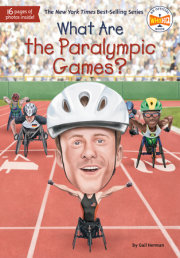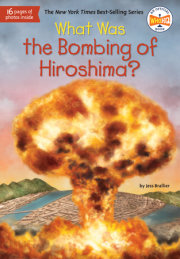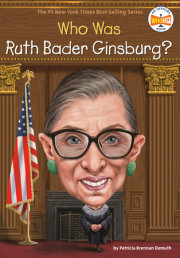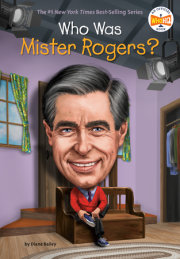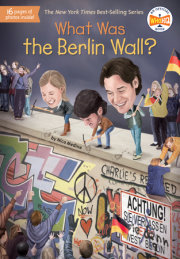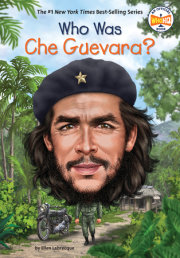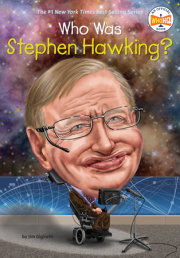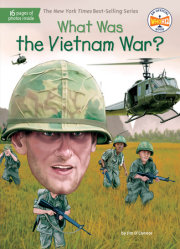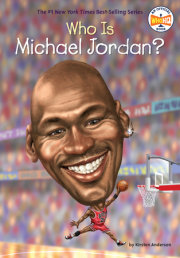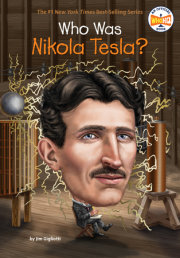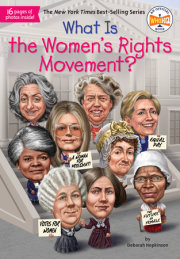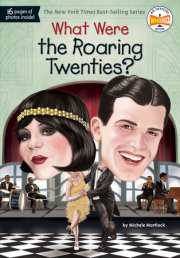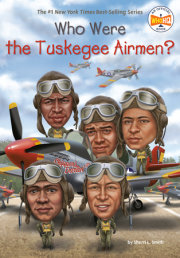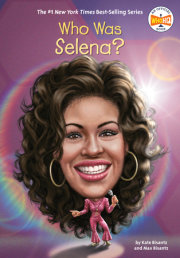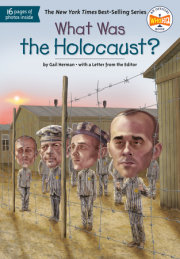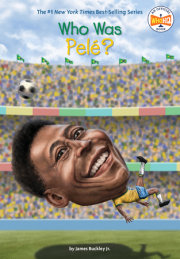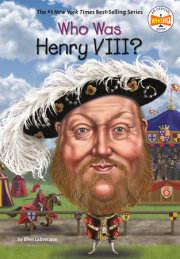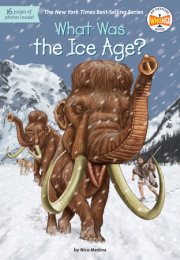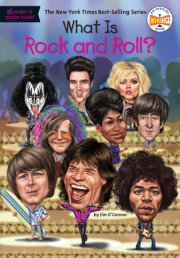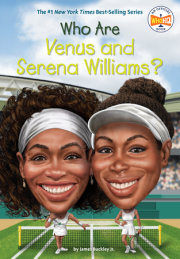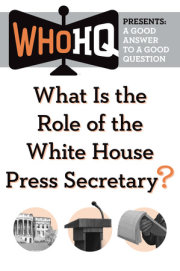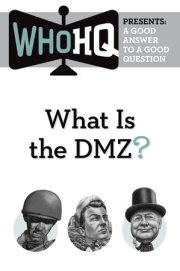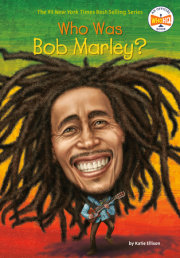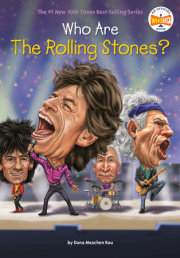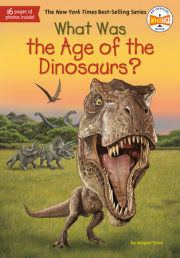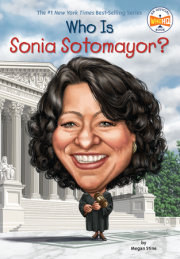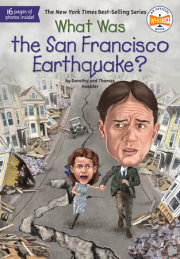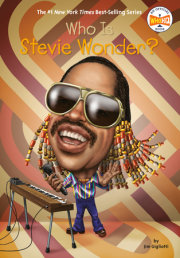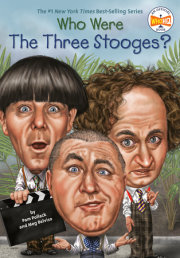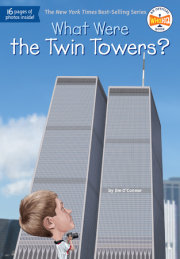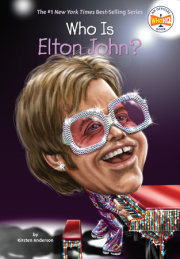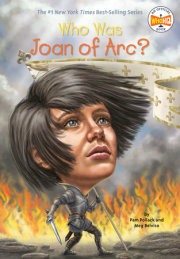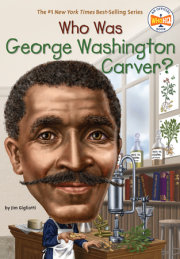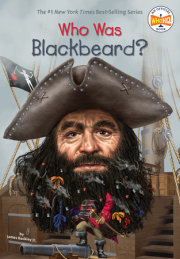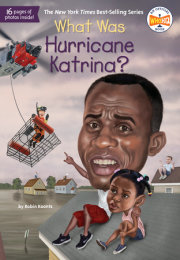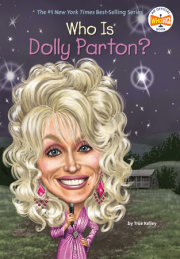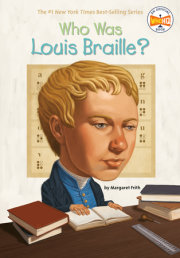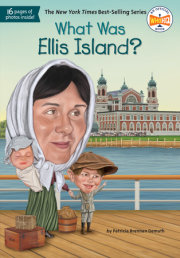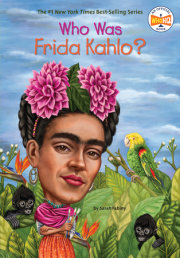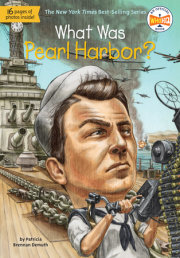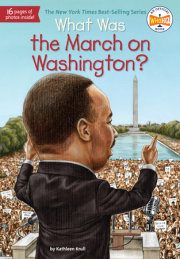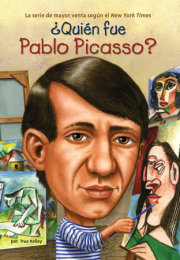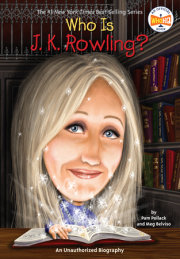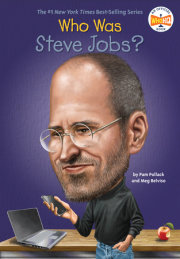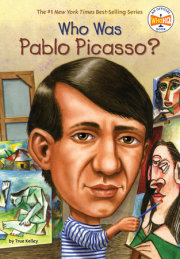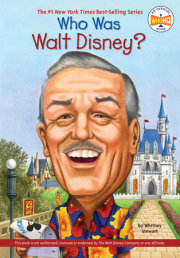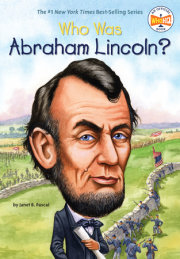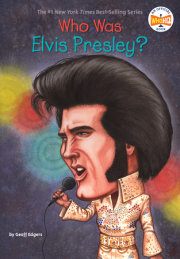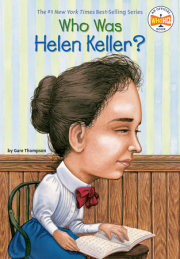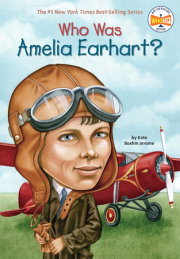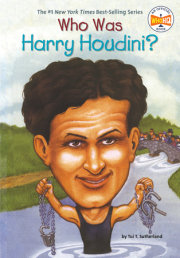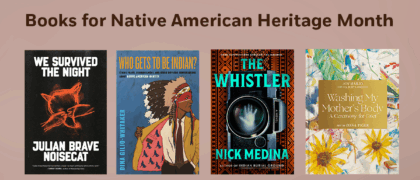Where Is Broadway?
“Five minutes to curtain!” shouts the stage manager.
In the dressing rooms, the actors take their last looks in mirrors ringed with lights. They check their makeup, making sure their wigs are in place and their mics hidden. A singer does her final vocal warm-up, belting loudly. Her voice rings through the halls above the theater.
Other actors are going over their lines. There’s a
tip-tap-clack of tap shoes. It’s the members of the chorus. They are all dressed in matching costumes, ready for the opening number. The costume designer quickly snips a thread off of the leading man’s suit jacket. She straightens his hat and pushes him to his place on the stage.
Beyond the heavy red curtain, the audience settles into their seats, excited for what they’re about to see.
The lights in the theater dim, and the conductor raises her baton. The orchestra begins the first notes of the overture (a sampling of the songs), and the curtain rises. This is Broadway. It’s showtime!
The excitement happens over and over again, eight times a week—six nighttime performances and two in the afternoon, called matinees.
Everyone who works to make a show happen, from actors to producers, directors to designers, comes together to put on musicals, comedies, and dramas for audiences in theaters in the famous Times Square area of New York City. Some shows will become huge hits, like
Wicked or
Hamilton or
The Lion King. And some will not even make it past their opening nights! This is the thrill, and sometimes terror (forgotten lines, falling scenery), of live theater. But this is Broadway, and there is nothing like it!
Chapter 1: A Long Path Broadway is a very long, very busy street that runs north to south through the middle of Manhattan in New York City.
But Broadway is much more than just a street! It represents the history of American theater from its earliest days to the present. It reflects the hopes and dreams of people all across the country who want to make it big on the stage. It is where people from around the world come to experience the wonder of live theater.
Today, the heart of Broadway is around Times Square in midtown Manhattan. It’s called the Theater District. But long before the Times Square theaters were built, long before there were flashing lights and giant billboards for shows, Broadway was important in a very different way. It is a part of the history of New York City.
The Lenape first inhabited the island of Manhattan. They named it Mannahatta which means “island of many hills.” Most of the land was swamp and rock and not good for farming. The Lenape did not consider the island to be very important. Its main road was called the Wickquasgeck Trail.
In the early 1600s, Dutch settlers established a colony on the tip of Manhattan. On May 24, 1626, they purchased the entire island from the Lenape, trading tools and other goods. Today the sum would be worth only about twenty-four dollars.
The Dutch named the trail Breede Wegh (or “broad road”). In 1664, the English captured the island. They named it New York, in honor of a famous duke, and they changed Breede Wegh to Broadway.
Manhattan quickly became a busy port. Sailing ships with costly goods aboard came to and from the harbor. However, there was not much to do for entertainment. Both the Dutch and the English were Protestant. Their religion considered theater to be sinful. It wasn’t until 1750 that two British actors, Walter Murray and Thomas Kean, appealed to Governor George Clinton to permit acting. He agreed, and the first New York theater opened.
Named the Nassau Street Theatre, it was at the southern tip of the island, just a few steps from Broadway. The theater held nearly three hundred people. Unlike the velvet seats in today’s theaters, hard benches were the only places to sit. The light came from candles. It was so cold inside that the audience would bring bins of hot charcoal to stay warm. Nonetheless, people returned each night to see the lighthearted British comedies performed there. And soon, other acting troupes arrived.
The next great downtown theater near Broadway was the John Street Theatre, opened in 1767. It was impressive, with three floors and two thousand seats. Some historians call it “the birthplace of American theater.” Performances of Shakespeare’s plays were especially popular.
When the American Revolutionary War began, most men were called to fight. People weren’t going to see plays. After the colonists won independence, the new government outlawed what they considered “extravagant” British entertainments. Theater was once again forbidden.
The residents of Manhattan were already theater fans, so after the war, it didn’t take very long for plays to resume. In 1798, the Park Theatre opened a block away from Broadway. For the first few years, the theater did not make much money and almost went out of business. But in 1808, a man named Stephen Price became the new manager. The theater was renovated to suit upper-class patrons. In addition, Price hired famous European actors and actresses. Price could charge more for tickets to performances with well-known stars.
As Manhattan continued to develop, the wealthy class began to move a little farther north. New fancy theaters sprang up in these neighborhoods. The Bowery Theatre opened in 1826, and the luxurious Astor Place Opera House opened in 1847. Patrons had to dress in suits and gowns. They sat in plush seats that were reserved in advance.
The working class was not allowed in the new theaters, and they resented it. There was a growing tension between rich and poor in Manhattan.
In March 1849, a group of working-class men stormed the Astor Place Opera House because a British actor, William Charles Macready, was playing the starring role in Shakespeare’s
Macbeth. The rioters were angry that a popular American actor, Edwin Forrest, was not given the part.
Forrest championed an American style of performing Shakespearean plays. He acted with less flourish and fewer grand gestures than Macready. Forrest made his characters seem more like real people whom everyday working Americans could relate to. The “Astor Place Riot,” also known as the “Shakespeare Riots,” left more than twenty people dead.
As New York City’s population grew, local officials encouraged people to “move uptown and enjoy the pure, clean air.” In 1836, a major road—Forty-Second Street—officially opened. It cut across Broadway. A new neighborhood was born.
By the 1870s, the area was the center of popular theater in New York City. A wealthy businessman named Oscar Hammerstein built the stately Olympia Theatre at Forty-Fourth Street in 1895 and the Victoria Theatre in 1899. (The Victoria was sold only sixteen years later, however, and became the Rialto Theatre, one of New York City’s first to show a new kind of entertainment: movies!)
Other large theaters began opening as well, which looked very much like the Broadway theaters we go to today. In January 1905, the
New York Times newspaper moved into a new building on West Forty-Third Street. From this time on, the whole area became known as Times Square.
Copyright © 2019 by Penguin Random House LLC. All rights reserved. No part of this excerpt may be reproduced or reprinted without permission in writing from the publisher.

